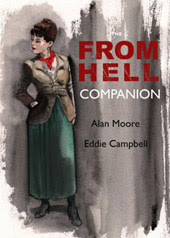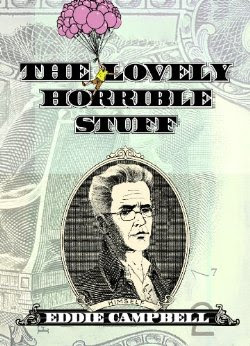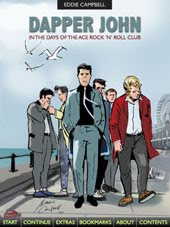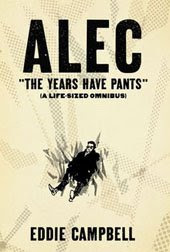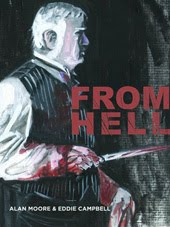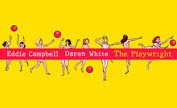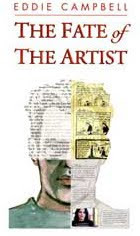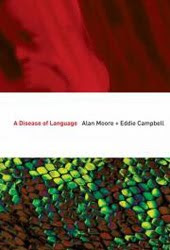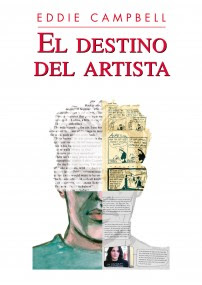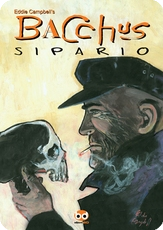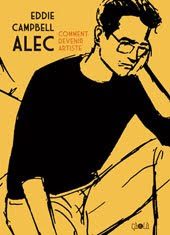novelist Nicholson Baker reviews The Flash Press in the NY Times:
Sex and the City (Circa 1840)Nicholson Baker's The Mezzanine is one of the great reads of all time, and his The World on Sunday, a selection of pages from The New York World in the decade beginning 1898 is a magnificent book I have been meaning to write about here for quite a while.
On April 9, 1842, The Whip, a weekly New York newspaper that pledged to “keep a watchful eye on all brothels and their frail inmates,” carried an article about chambermaids. Chambermaids were women of flesh and blood, according to the article, “with the same instinctive desires as their masters, and much of their time is necessarily passed alone, in remote apartments, which usually contain beds.” Accompanying the article was a drawing: a chambermaid gripped the long wooden handle of a warming pan that projected rudely from between a tailcoated gentleman’s legs.
The Whip was, along with three other newspapers — The Flash, The Rake and The Libertine — part of what is now called the “flash press”: a short-lived public outburst of suggestive talk, threatened blackmail, bare-knuckle boxing and ornate vituperation that swept through New York in the early 1840s. For nearly 150 years, the flash press was all but forgotten by historians — before it was rediscovered by Patricia Cline Cohen, of the University of California, Santa Barbara...






